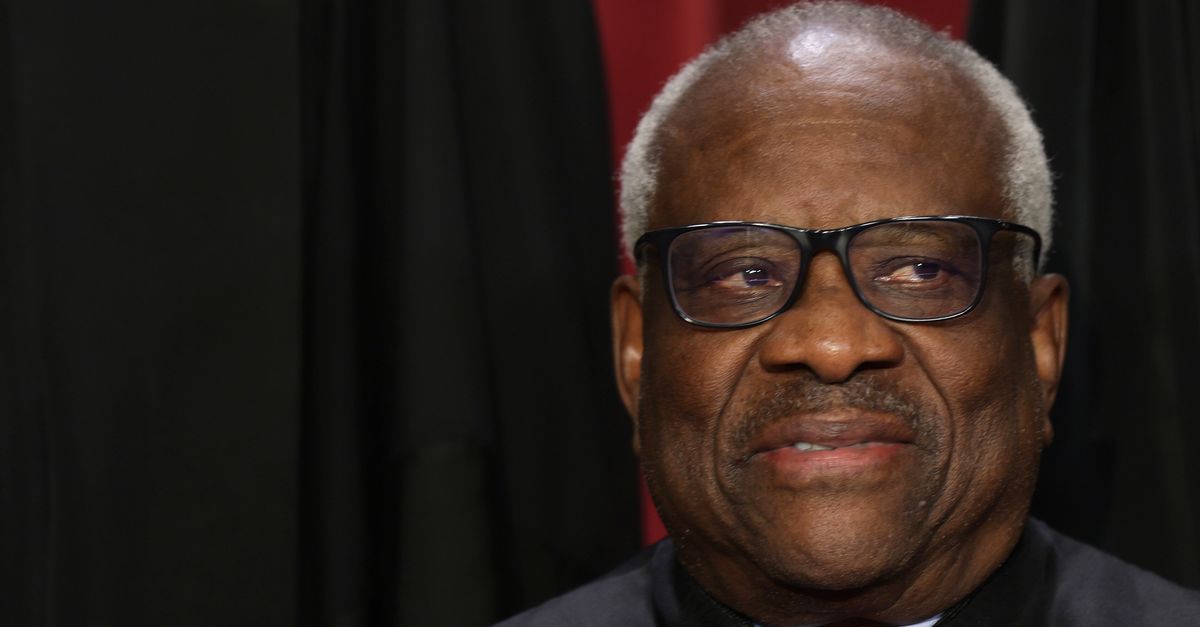Chief Justice John Roberts penned the majority opinion for the U.S. Supreme Court’s decision to end affirmative action, but it is Justice Clarence Thomas who may relish the moment the most. As one of only three Black Supreme Court justices in American history, Thomas has consistently opposed affirmative action policies. Despite having personally benefited from these policies as one of the first generation of Black students, Thomas passionately despises them.
In a separate concurring opinion on the Harvard College and University of North Carolina case, Thomas declared triumph and stated that the 2003 precedent set by the Grutter v. Bollinger case, which upheld affirmative action, is now obsolete. He emphasized that universities’ admissions policies are unconstitutional and in direct conflict with the principles of a colorblind Constitution and equality. Thomas used his concurrence to highlight his past opinions and express his disdain for a policy that he believes subjected him to the stigma of race.
Thomas’s experience attending Yale Law School, where affirmative action was in effect, left a lasting impression. He felt uncomfortable with white liberals suggesting that he owed his success to their charity. He saw this as a perversion of racism and believed that policies of racial segregation and affirmative action were morally and constitutionally equivalent.
According to Thomas, affirmative action perpetuates the belief that Black individuals are inferior and dependent on the assistance of white people. He argued that this narrative undermines the accomplishments of Black individuals and subjects them to a constant questioning of their qualifications. Even if a Black person succeeds without the assistance of affirmative action, their achievements are still marred by the question of whether race played a role.
Thomas rejects the liberal belief that integration, diversity goals, affirmative action, and equity are necessary solutions to address racial disparities. He argues that these policies only serve the interests of white people. He sees diversity in educational institutions as a way for the white elite to maintain exclusivity while appearing racially diverse. Affirmative action becomes a tool for elite schools to increase racial diversity while preserving their selective admissions policies.
Justice Thomas fiercely combats the dissenting opinion written by Justice Ketanji Brown Jackson, the third Black justice on the Supreme Court. Jackson argues that affirmative action is a matter of respect for identity and an acknowledgement of the historical disparities faced by marginalized groups. Thomas accuses Jackson of perpetuating a “black and white world” where all outcomes are determined by race and the country’s history of racism.
In conclusion, Justice Clarence Thomas stands as a staunch opponent of affirmative action policies, driven by his personal experiences and a belief that these policies perpetuate racial stigma. He opposes the liberal notion that affirmative action is a necessary solution and instead argues that it only serves the interests of white individuals and upholds exclusivity in elite institutions.
Denial of responsibility! VigourTimes is an automatic aggregator of Global media. In each content, the hyperlink to the primary source is specified. All trademarks belong to their rightful owners, and all materials to their authors. For any complaint, please reach us at – [email protected]. We will take necessary action within 24 hours.


